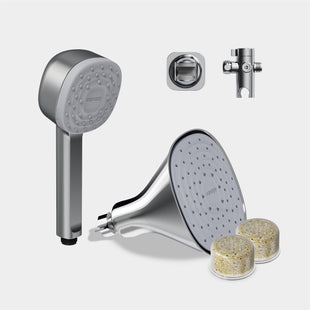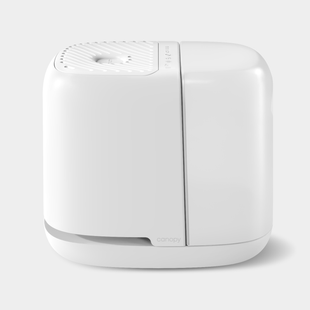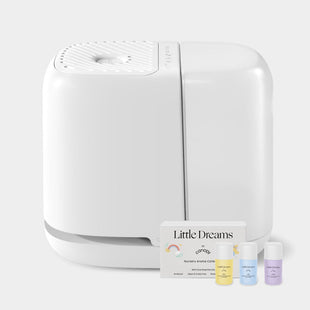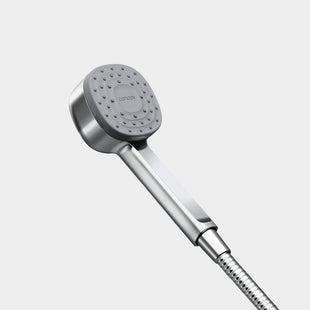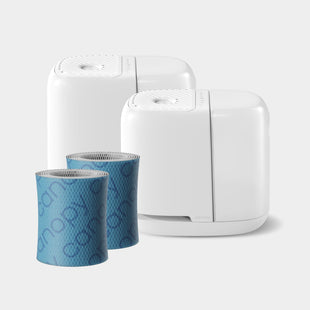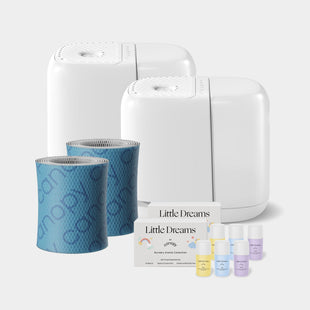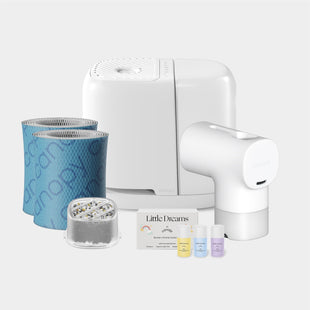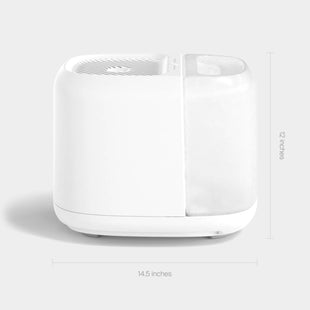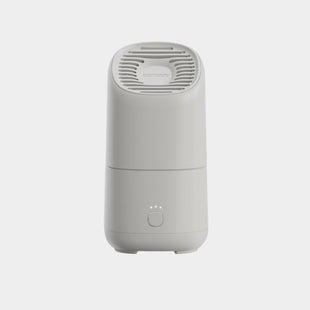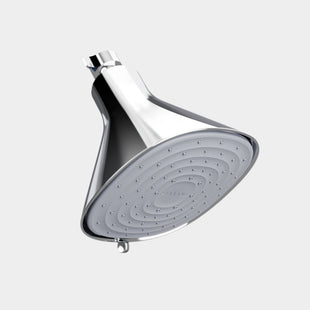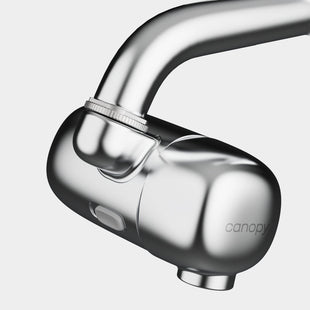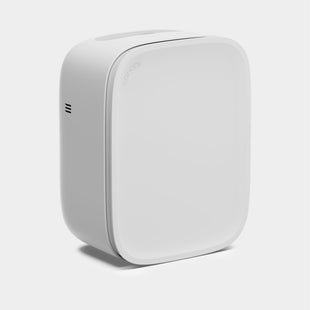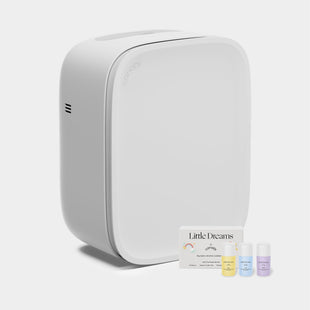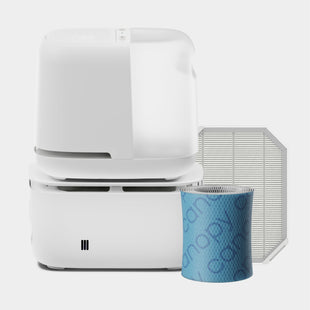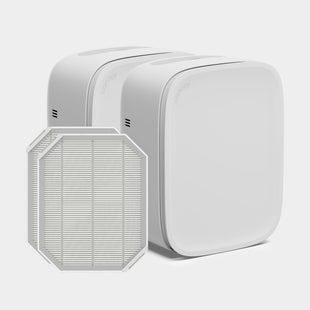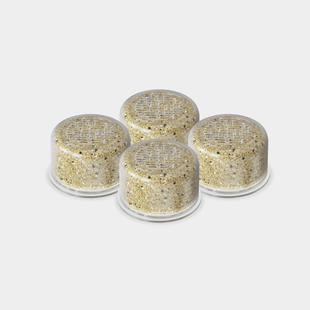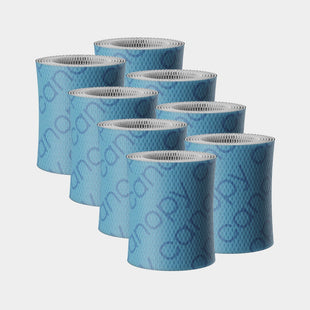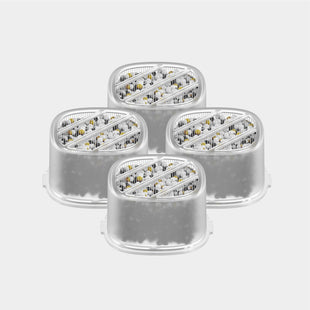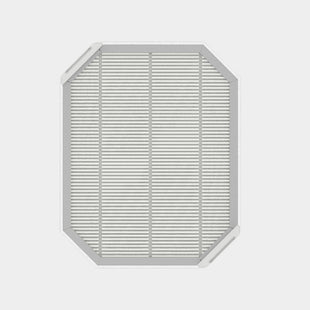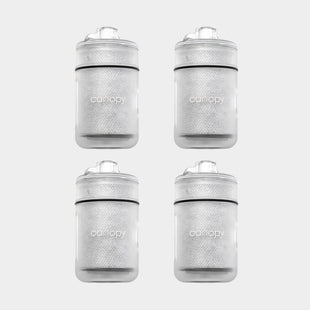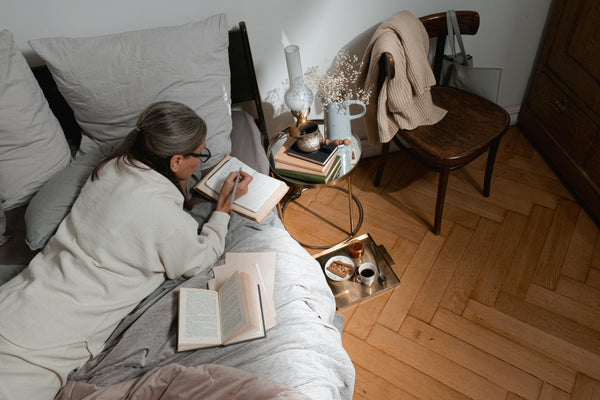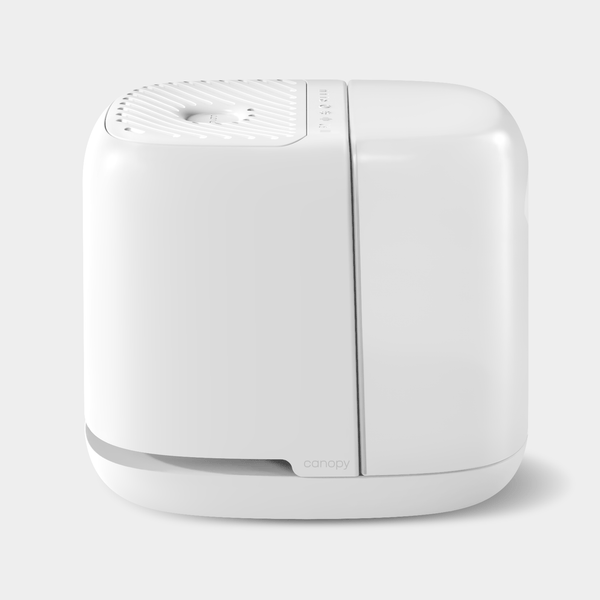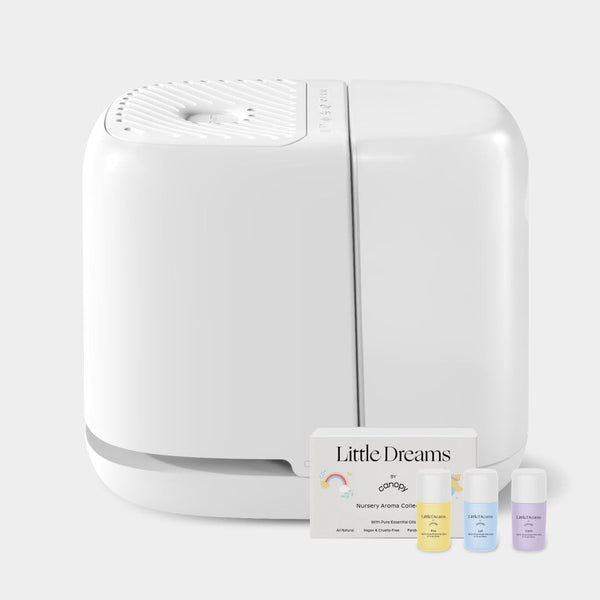Whether winter’s arrival leaves you excited for cold weather fun or has you pulling out extra blankets for cozy afternoons by the fire, there’s no question that the season brings changes to the air. Not only do lower temperatures mean lower humidity, but the very things we do to stay warm and comfortable inside can make indoor air quality worse.
Poor indoor air quality can contribute to a long list of discomforts and illnesses. Making changes to add more moisture to the air and eliminate contaminants can help you breathe easier all season.
What Is Indoor Air Quality?
Indoor air quality refers to how the air inside a building affects its occupants. It includes everything from the temperature and humidity level to the concentration of pollutants and contaminants in the air. When air quality deteriorates, it can make you feel sick and uncomfortable.
Why is indoor air quality important in the winter? While good air quality is important year-round, it’s especially vital in the winter when we spend more time indoors. Unfortunately, because we typically seal up our homes tight to block out the frigid temperatures and run the heat all season, keeping the air clean and healthy is a bit more of a challenge.
How Winter Affects the Air Inside Your Home

When the temperature drops, the air cannot hold as much moisture. Not only does this make you feel colder, but the lower humidity is associated with health concerns, like an increased risk of asthma attacks. Dry air also increases the risk of respiratory infections, including the cold and flu, because viruses and bacteria live longer in air with low humidity.
However, it’s not just the lower winter indoor humidity that affects the air inside your home, drying out your skin and making you feel congested. Changes in your living habits can make the air dirtier and lead to headaches, dizziness, fatigue, breathing problems, and itchy eyes, nose, and throat. For example, if your home heating system uses combustion—think oil, propane, gas, kerosene, or wood—it creates byproducts that can contaminate the air. Dirty vents can also put more dust into the air.
Home furnishings and finishes, like paint and items made using pressed wood, may also release harmful volatile organic compounds (VOCs). Chemicals from cleaning and personal care products, pet dander, cooking residue, and smoke from candles can also release contaminants into the air, which linger without adequate ventilation.
Can I Improve Indoor Air Quality in Winter?
Knowing that you’ll spend more time indoors during the winter probably has you wondering whether you can improve the air quality. Adding moisture with a humidifier and using an air purifier can make a big difference and help you breathe easily.
The ideal indoor humidity is generally about 30% to 50%. Most homes are comfortable at this level. Your skin is less likely to feel dry and itchy, and you won’t have as much irritation and dryness in your nasal passages and airways. Maintaining adequate humidity can also help reduce viruses and bacteria in the air.
One of the best ways to do this is with a humidifier, like the Canopy Humidifier 2.0. The upgraded versions of our signature device offer a more premium hydration experience, humidifying the air with clean moisture.
Choosing the reimagined Canopy Bedside Humidifier 2.0 or Canopy Nursery Humidifier 2.0 also helps keep the air inside your home cleaner. The new antimicrobial filter cleans both the water and the air before it enters the room, so you breathe in fewer contaminants throughout the day.
Humidifying and filtering the air is the most powerful way to improve indoor air quality during the winter, but there are other steps you can take to keep the air clean and fresh. These include:
- Maintain your heating system: Changing the furnace air filter regularly (at least every 45 days) can help keep dust and other irritants from blowing through the heating vents.
- Use non-toxic products: Clean your home with products labeled low-VOC or non-toxic to keep the air clean too.
- Clean frequently: Dusting, vacuuming, and washing bedding often can help prevent the buildup of dust and dander that lead to allergy and respiratory symptoms.
- Add some plants: Plants can help remove toxins from the air and naturally add some moisture into the air.
Opening a window, even for just 10 to 15 minutes, can also be helpful as it allows fresh air to circulate into your home.
Explore Canopy’s Home Hydration Collection
If winter weather has your skin feeling parched, or you’re concerned about indoor air quality, look into the Canopy 2.0 family of humidifiers. The updated versions include everything you love about the original Canopy humidifiers, like tap water compatibility, dishwasher-safe parts for easy cleaning, and mold-inhibiting* design inside the humidifier.
Our newer versions also include a filter that exceeds MERV 1 filtration standards, a larger tank, a quieter fan, and a stronger scent diffuser. Sleep lights and a white noise feature can also help you get a more restful night’s sleep.
Don’t let poor air quality leave you feeling less than your best this winter. Shop Canopy’s complete humidifier collection and get relief from cold, dry winter air and stuffy rooms.
*Mold inhibition limited to device interior. Does not treat air or environment. 3rd party lab-tested with Aspergillus niger (ATCC 6275, 16404).

